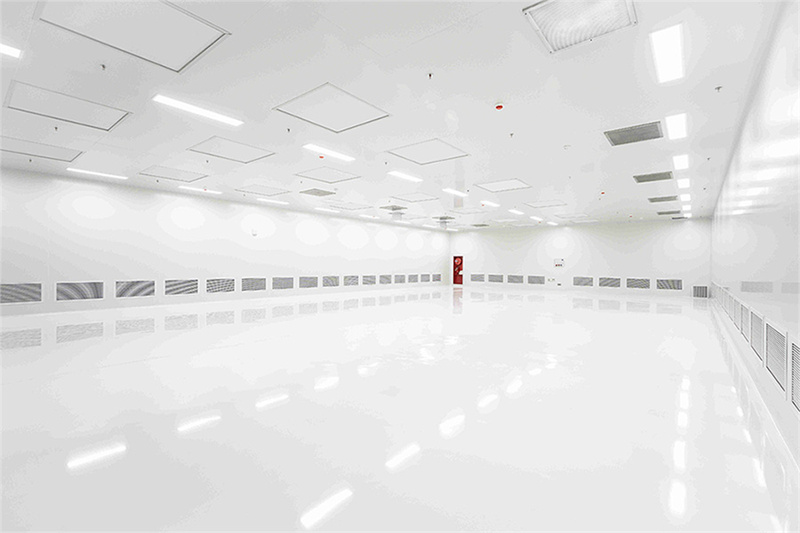We have a passion for unconventional solutions that bring your vision to life.
While the principles of cleanroom design date back to the beginnings of bacterial control in hospitals more than 150 years ago, cleanrooms are a relatively modern development. In the 1950s, the needs for cleanroom environment in industrial manufacturing led to the modern cleanroom.


Cleanroom is a strictly controlled environment with low levels of environmental pollutants such as dust, airborne microorganisms substances, aerosol particles and chemical vapors. Air entering the cleanroom is filtered and then continuously circulated through high-efficiency particulate air (HEPA) or ultra-low particulate air (ULPA) filters to remove contaminants generated within. Workers in protective clothing must pass through an airlock to enter and exit the cleanroom, where equipment and furniture are specially designed to generate minimal particles.
The overall cycle of the cleanroom project is about 2 years, and the construction of the cleanroom generally starts 1 year after the start of the project.
From the signing of the agreement, the engineering design time is generally about 3 months. After the overall design plan is completed, the civil construction starts. The civil construction lasts for 9-12 months. After the factory building is capped, the clean room construction begins, and the clean room construction lasts 9-12 About a month, after the construction of the clean room is completed, the production equipment will be moved in. After the commissioning is completed, it will enter the trial production stage. The duration of the trial production stage varies. After the trial production is successful, the production will be gradually increased, and finally enter the mass production stage.
The cleanroom panel is the the most important part of the cleanroom.Currently,the most common areas of application for cleanrooms are the manufacture of semiconductors and other electronic components, as well as pharmaceutical and production technology industry. In addition to these traditional applications, cleanroom technology is also being applied in the process of micro-nano systems, which seems to be a growth area in the coming years.
The development of cleanroom technology is likely to continue to be influenced by certain key factors, including the increasing use of the central role of physical and biological phenomena, increasingly finer structures, the purity of materials created and used, and increasingly widespread biotechnology. Because of the scale of these challenges, cleanroom technology will remain an integral part of production for years to come.

Wiskind Cleanroom specializes in cleanroom enclosure system , ceiling system, cleanroom doors and windows and related product development, manufacturing, sales, consulting and services.